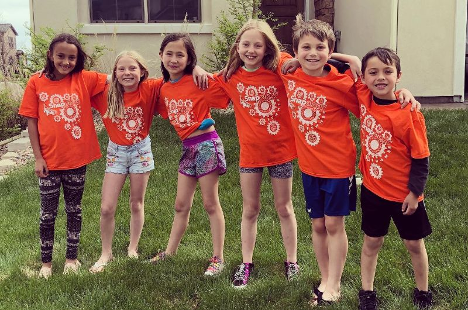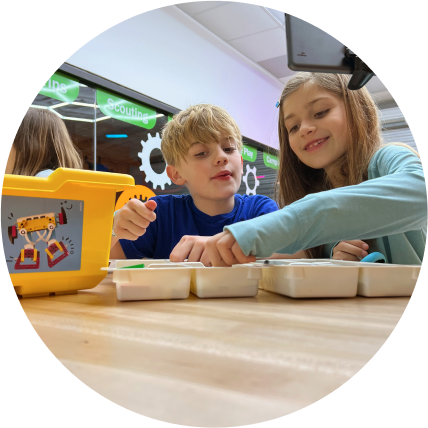Our world is shaped by computer science, engineering, and mathematics. Some of today’s most successful careers are based on these topics, which has increased interest in STEM camps.
STEM summer camps and after-school STEM programs are designed to ignite young minds and inspire the next generation of innovators, but it can be difficult to know which camps provide the most value.
From coding workshops that unravel the mysteries of artificial intelligence to robotics labs where creativity meets engineering, there is a lot to consider when choosing summer camps. We’re here to help you understand what to look out for.
What to Look for In STEM Summer Camps
When deciding between STEM summer camps, parents should consider several factors to ensure they select the best camp for their child’s interests, needs, and learning style. Here are a few things to keep in mind:
- Curriculum: Start by looking at the camp’s curriculum to understand the specific STEM topics and activities offered. Consider your child’s interests and look for summer camps that align with their passions, whether it’s robotics, coding, engineering, biology, or another STEM field.
- Qualifications of Instructors: Look for camps staffed by knowledgeable educators, industry professionals, or experts in their respective fields who can provide high-quality instruction and guidance.
- Hands-On Learning Opportunities: STEM camps that emphasize interactive, hands-on activities are always better. Projects and group challenges allow children to apply STEM concepts in practical ways, giving them a deeper understanding of the subject matter.
- Technology and Resources: Consider the technology and resources available at the STEM summer camps you have in mind. Check if the camp provides access to state-of-the-art equipment, tools, and materials needed for STEM activities.
- Small Class Sizes: Look for summer STEM camps with small class sizes or low student-to-instructor ratios to ensure that your child receives personalized attention and support. A small group allows instructors to tailor activities to each child’s abilities and provide assistance as needed.
- Inclusive Environment: Choose a STEM camp that fosters an inclusive and supportive environment where all children feel valued, respected, and encouraged to participate.
- Opportunities for Creativity and Innovation: Summer camps that encourage creativity, critical thinking, and problem-solving skills will leave your child with valuable skills that will benefit them throughout their lives. Look for programs that allow children to explore their own ideas, design solutions to real-world challenges, and unleash their imagination through hands-on projects.
- Reputation and Reviews: What other parents have to say about a camp will tell you a lot about what you can expect. Look for testimonials, recommendations, and feedback to gauge a camp’s quality and overall reputation within the community.
By carefully considering these factors, parents can choose a STEM summer camp that provides an enriching, engaging, and rewarding experience for their child, igniting their curiosity and passion for STEM fields.
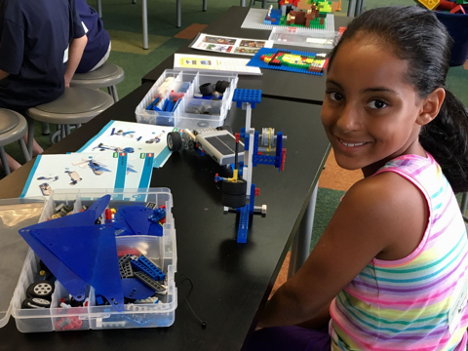
STEM Education for Brighter Future Careers
From middle schoolers to high school students, children of all ages can greatly benefit from an introduction to core STEM subjects.
Some of today’s highest-paying jobs are in STEM-related fields. Top earners are generating over $150,000 in income every year. Introducing your child to these subjects from an early age gives them a greater chance of success and helps them develop a life-long love for learning.
However, it doesn’t end at academics. STEM education will also leave your child with essential life skills, including:
- Critical thinking skills: STEM programs encourage children to think critically, analyze information, solve problems, and make evidence-based decisions. These skills are essential for success in academics, careers, and everyday decision-making.
- Creativity and innovation: STEM activities inspire creativity and innovation by encouraging children to explore new ideas, experiment with different solutions, and think outside the box. Kids learn by engaging in hands-on projects and challenges, giving them the chance to innovate and invent.
- Problem-solving: STEM teaches children how to approach complex problems systematically, break them down into manageable steps, and develop strategies to solve them. Learning to troubleshoot and adapt solutions promotes resilience and perseverance in the face of challenges.
- Collaboration and teamwork: Many STEM activities involve collaboration and teamwork, requiring children to communicate effectively, share ideas, and work together towards common goals. Collaborative projects promote social skills, cooperation, and leadership abilities, preparing children for success in a collaborative workforce.
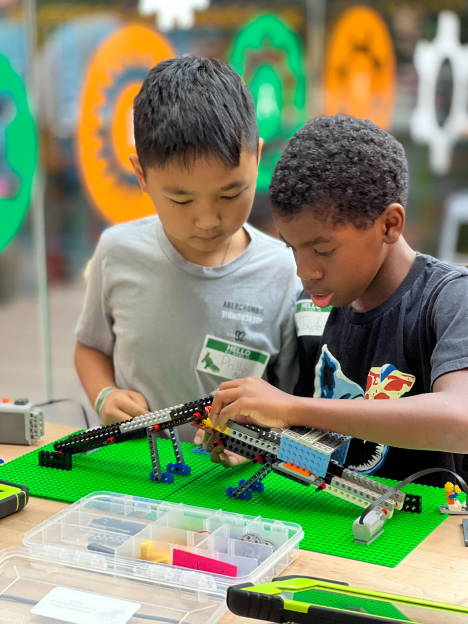
How STEM Camps Compare to Other Summer Camps
There are a number of ways your child can spend their time outside of school. Where traditional summer and after-school camps generally emphasize fun physical activities, STEM camps combine learning and fun.
STEM camps, such as those offered by Snapology, introduce children to important topics in a way they can relate to. Through engaging, themed activities that incorporate interactive tools and materials, you’re not only setting your child up for academic success but keeping them entertained too.
Another key difference is that STEM camps are not just limited to the summer months, they’re ideal for your child’s winter break too. This isn’t always the case with traditional summer camps.
STEM programs are also ideal for children who would prefer to spend their spare time dreaming up new ideas and building creations straight out of their imaginations instead of engaging in purely physical activities.
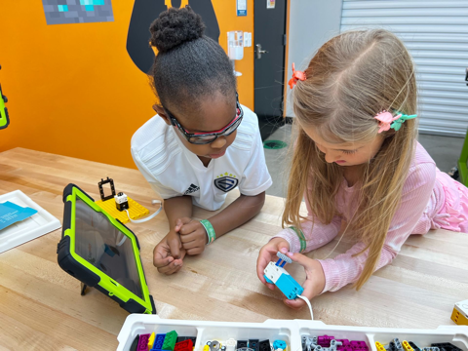
STEM Kids Taking On the World
If making friends and skill building are two aspects that are important to you when searching for camp programs for your children, STEM camps are worth exploring.
At Snapology, we take fun as seriously as we do science, technology, engineering, and math. We want your child to discover just how capable they are, show them that it’s possible to solve problems and that they can have fun while learning.
Enrolling your child in a STEM program doesn’t mean they need to forgo traditional summer camps. In fact, blending these two types of camps can provide them with a more balanced school year and turn them into a well-rounded human with a passion for learning.

